Open-back vs closed-back headphones: the differences explained
How to choose the right kind of headphones depending on different needs for travel or sound quality
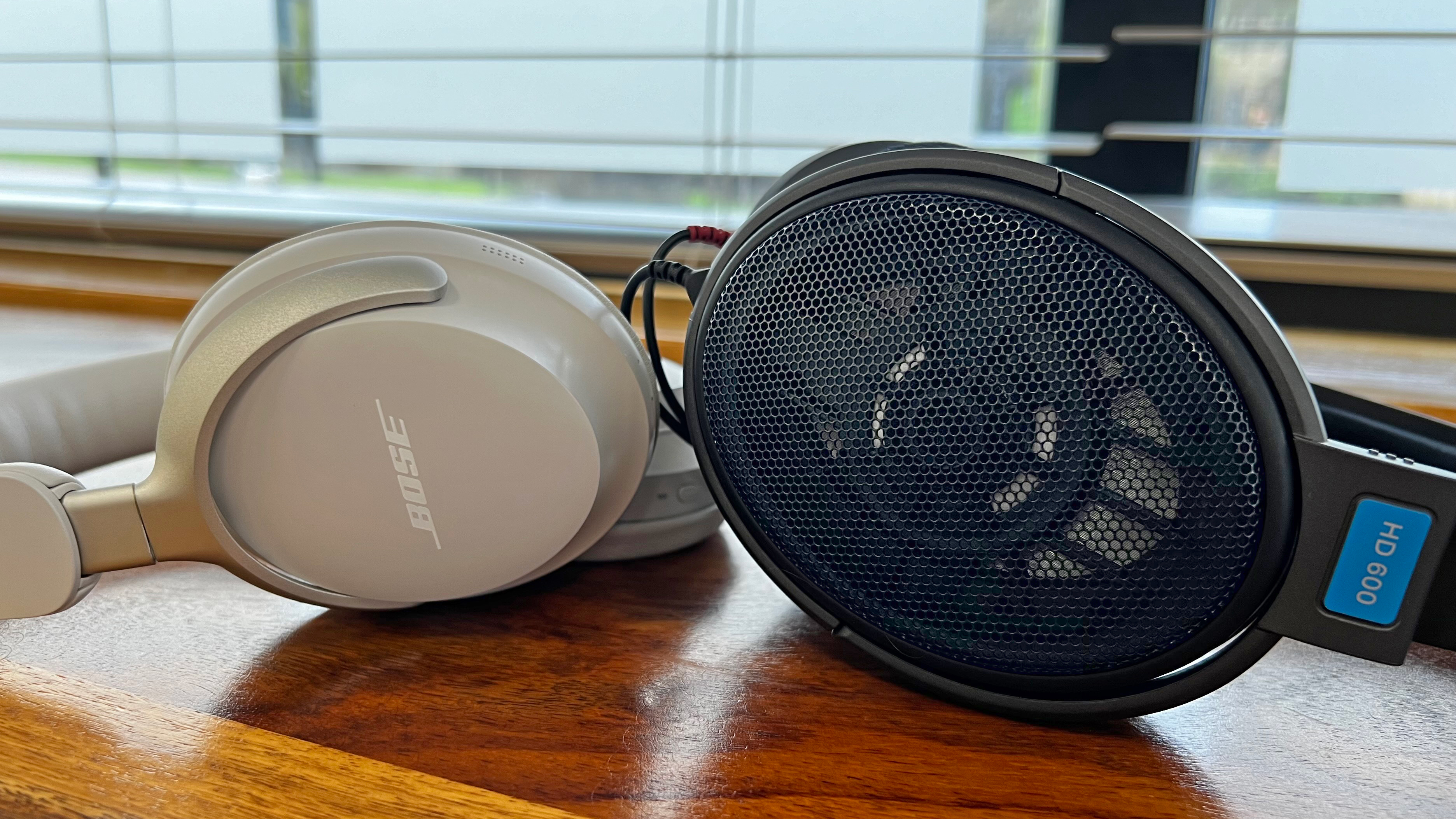
If you're looking for the very best headphones focused on sound quality, you may find yourself reading about both open-back headphones and closed-back headphones. While they look extremely similar, they have different strengths and weaknesses both in terms of the sound they produce and the sound they let in from the world around you.
This isn't a case of 'this kind of headphone is better than that kind of headphone'. It's much more nuanced and personal than that, and is about what kind best suits your listening environment. But if you're looking for hi-fi heaven, it's important to know the differences to help you refine your search.
In this guide we're talking about over-ear or on-ear headphones; while the best wireless earbuds are technically closed-back headphones, but they're made and work very differently from over-ears, and there are effectively no open-back wireless buds.
What are open-back and closed-back headphones?
The 'back' in open-back or closed-back is the outside of the ear cups, the bit that's facing away from your ear, on the other side from the speaker driver that pushes sound into your ears. In closed-back headphones, this is fully sealed, totally enclosing the rear of the speaker driver. On open-back headphones, it's not sealed, and air is able to flow through the back of the headphones through to the driver.
When the back is open, it usually looks like a mesh (so it still has some protective properties and structure), although manufacturers have come up with all kinds of ways to design open-back headphones to make them look stylish.
When the back is open, air can move through it. And when the back is closed, it can't. And that's important.
Here are some examples from our current best headphones guide: the Sennheiser Momentum 4 Wireless are closed back, as are Apple's AirPods Max and the Focal Bathys.
Get daily insight, inspiration and deals in your inbox
Sign up for breaking news, reviews, opinion, top tech deals, and more.
The Sennheiser HD-660S2 are open-back, and so are the Grado SR80x.
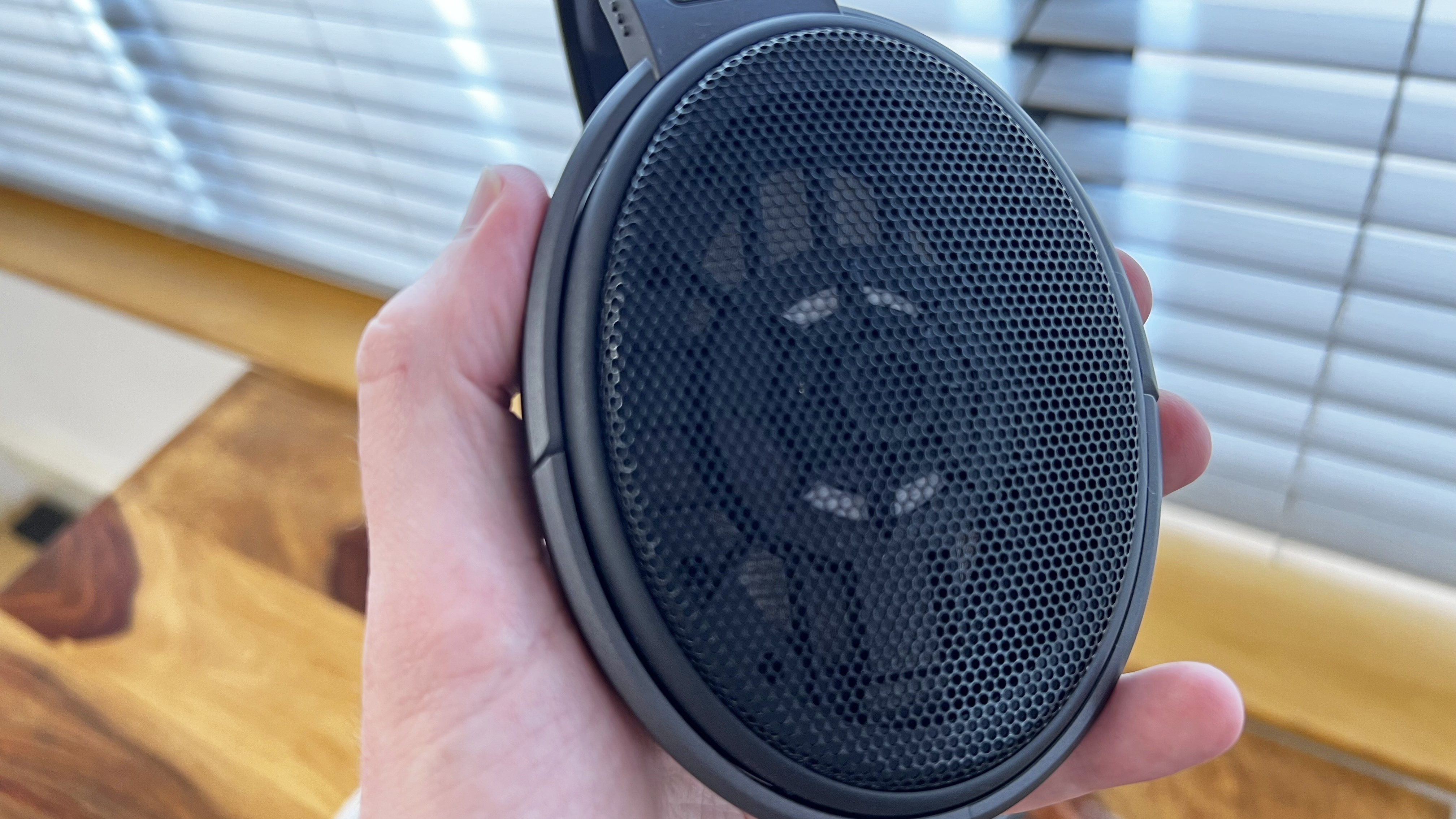
What are open-back and closed-back headphones best for?
The super-short version is that closed-back headphones are typically better for commuting, for listening in places where there's other audio such as at the gym, or when you're recording audio.
Open-back headphones are typically better for serious listening, and for audio production. And from time to time you'll find hybrids of the two, called semi-open-back or semi-closed-back headphones: they have partly open backs to try and deliver the best of both worlds, although they tend to deliver some of the disadvantages of both too.
Let's dig into why they're good for these things.
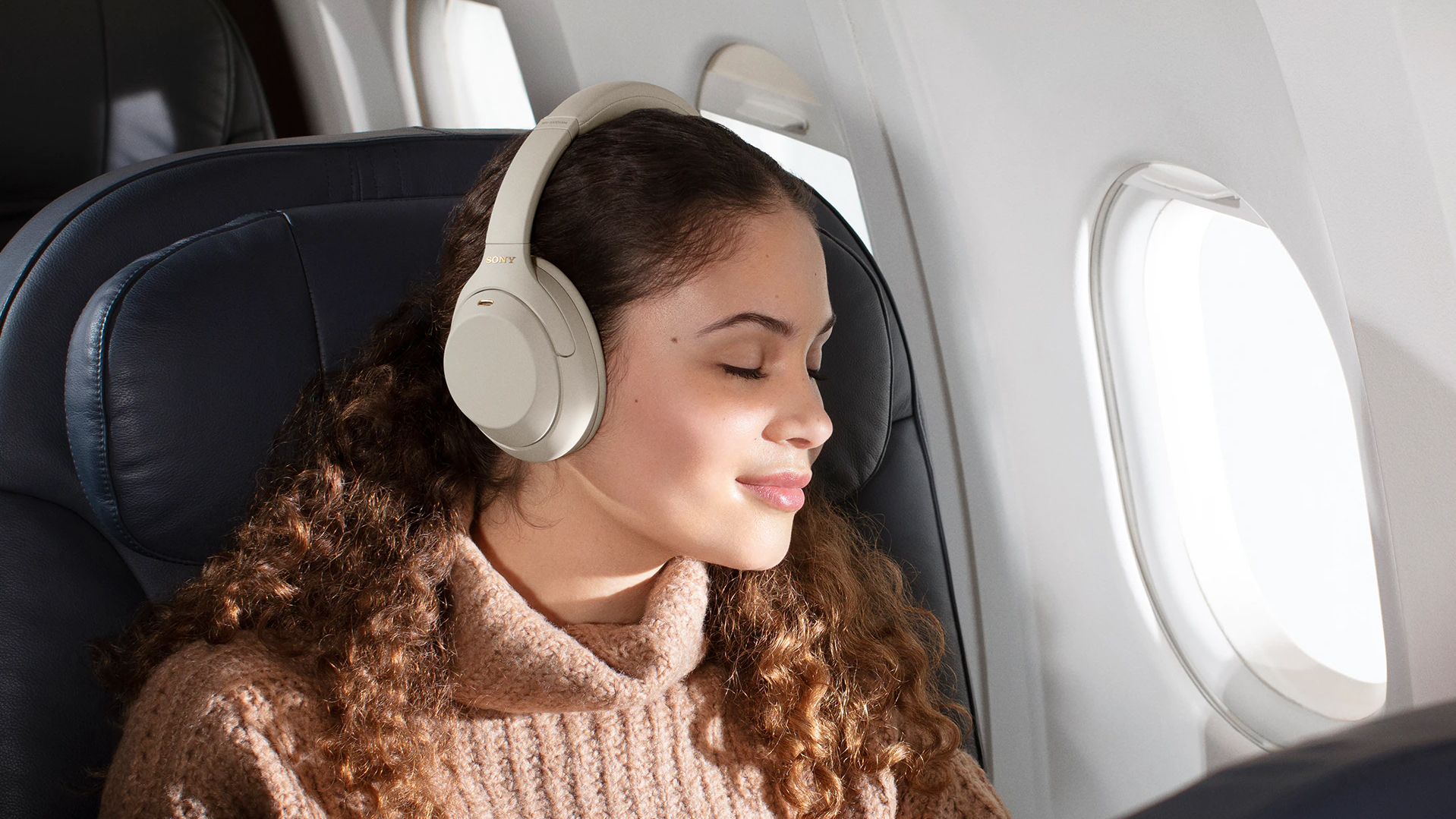
Open-back vs closed-back headphones: sound isolation
The first thing you'll notice when you wear a pair of closed-back headphones is that even if they don't have noise-cancelling circuitry, they shut out some of the world around you. That's because of that closed back, which doesn't allow air to move through it – and that air includes sound waves. The same applies in reverse, so closed-back headphones tend to have less leakage of sound out to the world from their drivers.
Leakage is the term for when people around you can hear what you're listening to, and while it's not an issue if you're listening at home it can be annoying for others sitting next to you – and if you're recording or talking into a microphone and you're listening loudly, it can be picked up by your mic.
Open-back headphones reduce incoming sound a little bit, but nowhere near as significantly as closed-back ones. That can be a problem if you're not listening in a quiet area, because the sound from outside can get in, requiring you to increase the volume to compensate – but even if you do, fine details will be lost among the din from outside. Open-back headphones also leak considerably more sound out.
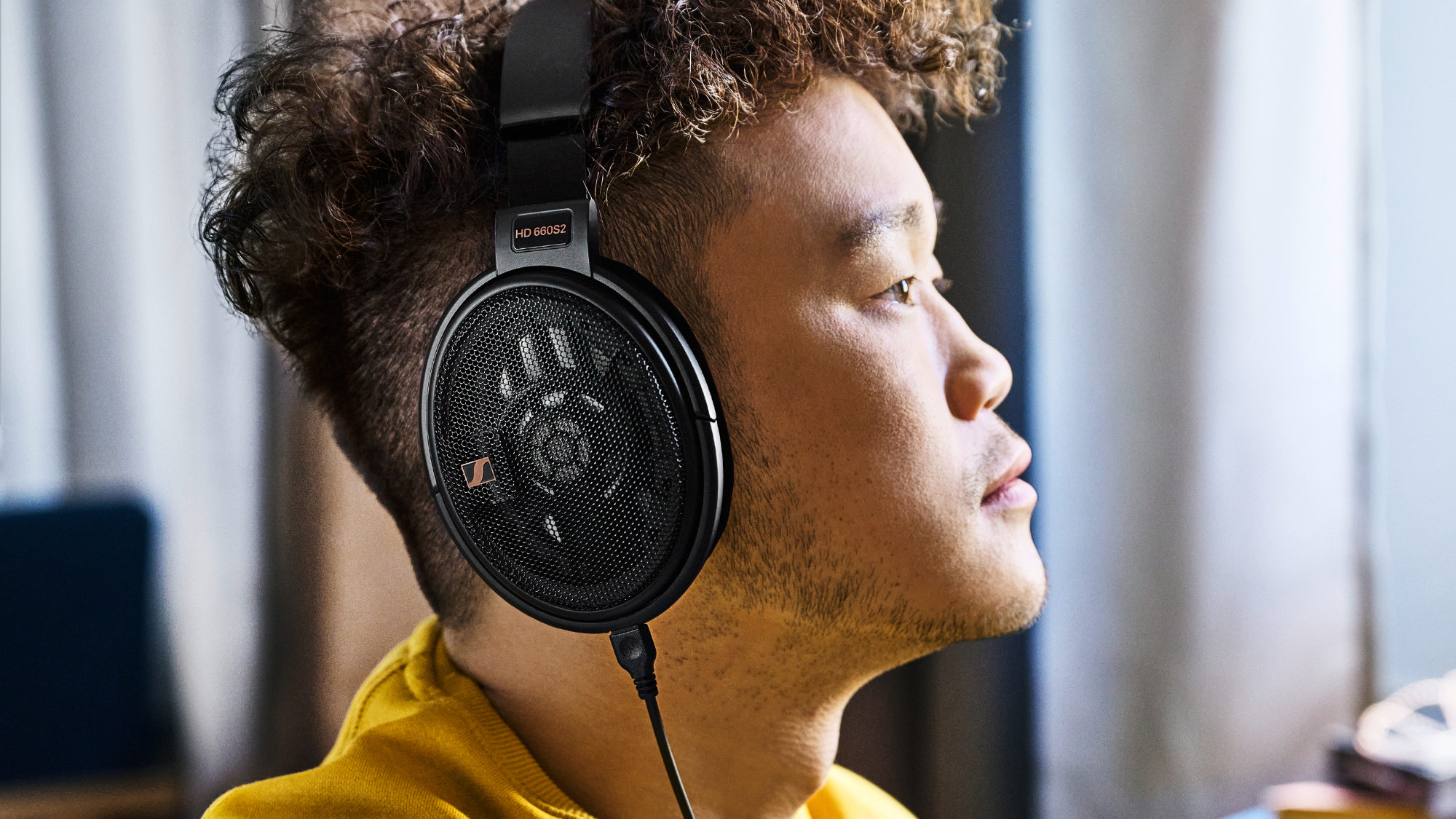
Open-back vs closed-back headphones: sound quality
There are exceptions, but generally open-back headphones deliver a clearer, more natural sound and a wider sound stage – the way instruments appear to be positioned in a stereo space – than closed-back ones in the same price bracket.
That's not to say that the best closed-back headphones don't sound great. They do. But when the drivers are enclosed, as they are in closed-back headphones, sound waves can bounce around inside the ear cups and create unwanted vibrations. Those vibrations can be audible, and that means they can change the sound.
This can actually be an advantage in the case of bass frequencies, though. If you like your music to have a dramatic and exciting low end, closed-back headphones can turn their enclosures into on-ear bass bins, maximizing the low-end thump. That's not necessarily the most realistic or natural sound, though, so it may not actually be preferable.
Another issue is air pressure. Headphones drivers move back and forward to create their sound, pushing air as they go. But in the sealed unit of closed-back headphones, that means when drivers move back, air is compressing and resisting the force of the headphones. This can make them less nimble and dynamic than open-back headphones, which have more free movement since they're not battling air resistance in the same way. This contributes to their more open, detailed and dynamic sound at the same kind of price – a more efficient use of the tech inside. You just have the downside of them letting all that sound in and out.
This is why you'll find that many serious headphone heads have a mix of headphone types depending on what they're going to listen to.
Open-back vs closed-back headphones: comfort
Open-back headphones are typically lighter and more comfortable for prolonged listening. It's not just about weight, although of course a mesh back is usually lighter than a solid one. It's about airflow.
You'll often find that people working in media production – sound engineers, producers, video producers and so on – like open-back headphones for work partly because of their accuracy, but also because they may find them more comfortable for long sessions.
That's because once again, open-back headphones let air move around – and that means you're not encasing your ears in plastic or, as in the case of AirPods Max, metal. Prolonged wear of closed-back headphones can make your ears feel awfully hot, and many wearers find they tend to get uncomfortably sweaty too.
As another factor in terms of comfort/convenience, almost zero open-back headphones are wireless. The main reason is that all the extra circuitry of the best wireless headphones tends to be enclosed in the earcups, which would disrupt the airflow of being open-back. In addition, open-back headphones appeal most to audiophiles, and wireless transmission can reduce sound quality. But also, the appeal of wireless headphones is travelling with them, and we're already established that this isn't the strength of open-back cans.
However, the Grado GW100x is a pair of open-back wireless headphones, if that's what you really want. In general, going open-back means getting a pair of the best wired headphones, though.
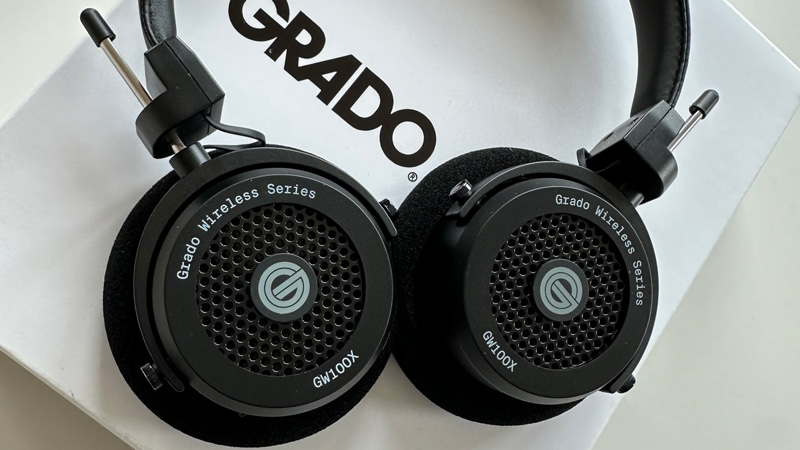
Open-back vs closed-back headphones: which is best for you?
It's probably clear by now: it depends.
If you're looking for the best headphones for travel, closed-back headphones are better. That's particularly true if you want noise cancellation, which is only really sensible to do when your headphones already block out a lot of external noise; the best noise cancelling headphones are all closed-back models.
If you're looking for the most accurate headphones, you'll typically find that open-back headphones are better than similarly priced closed-back models.
If you're recording audio into sensitive microphones (or if you like to monitor at higher volumes), closed-back headphones leak much less sound. But if you're mixing or producing audio, open-back headphones are usually more comfortable, more precise and give you a much more accurate picture of what you're mixing.
If you're mad about bass, closed-back headphones are often more exciting for that thump.
And if you want headphones so detailed you can hear what the original artist was thinking, open-back headphones will be a better choice.
Here's a quick summary of the good and the bad.
Open-back vs closed-back headphones: pros and cons
Open-back headphones: the pros
✅ More accurate audio
✅ More natural sound stage
✅ More comfortable for long periods
Open-back headphones: the cons
❌ Lets the outside in
❌ Leakage can be a problem for recording
❌ Terrible for commuting
Closed-back headphones: the pros
✅ Can offer beefier bass
✅ Best for noise blocking
✅ Less sound leakage
Closed-back headphones: the cons
❌ Slightly less accurate audio
❌ Bass may be less natural
❌ Hot ears
Writer, broadcaster, musician and kitchen gadget obsessive Carrie Marshall has been writing about tech since 1998, contributing sage advice and odd opinions to all kinds of magazines and websites as well as writing more than a dozen books. Her memoir, Carrie Kills A Man, is on sale now and her next book, about pop music, is out in 2025. She is the singer in Glaswegian rock band Unquiet Mind.
